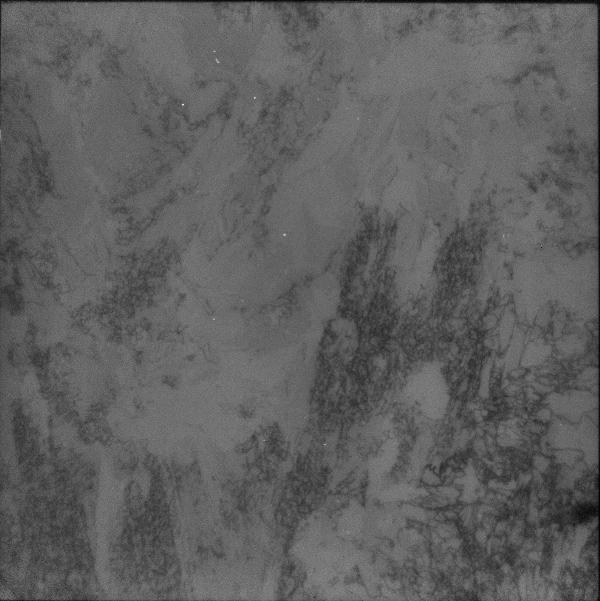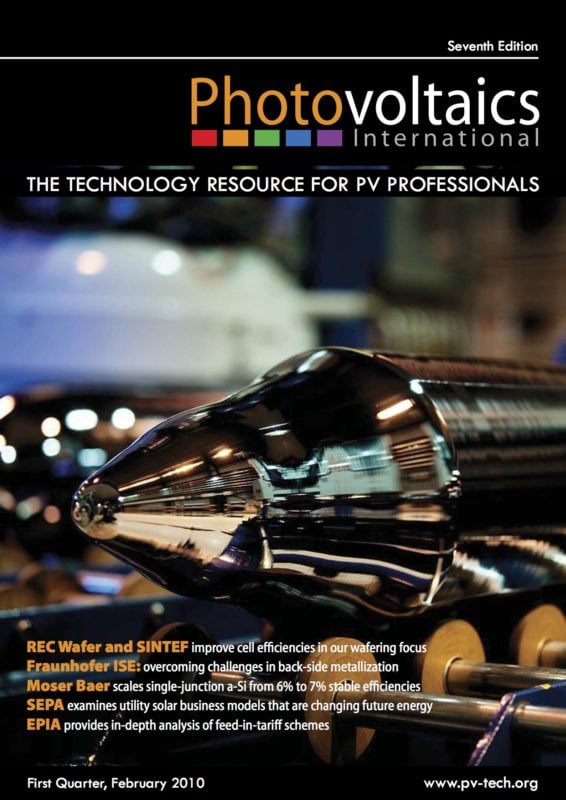By Lode Carnel, Technology Centre, REC Wafer AS; Jorgen Nyhus, Research Scientist, REC Wafer AS; Kristian Helland, Technology Manager, REC Wafer AS
An improved understanding of multicrystalline wafer quality can explain variations in cell performance across multicrystalline silicon blocks. Infrared scanning can detect precipitates in a silicon block, while photoluminescence combined with defect etching can reveal needle-like precipitates along the grain boundaries. Such precipitates typically lead to reduced shunt resistance. Crystallographic defects that lower the current collection and the final cell efficiency can also be identified. Understanding the influence of these defects is important for the development of a crystallisation technology that results in a substantially better cell efficiency. The use of the improved material quality in an innovative cell and module technology have led to the world record module efficiency of 17%. This paper will illustrate one example of how an improved understanding of multicrystalline wafer quality can explain the variations in cell performance.



